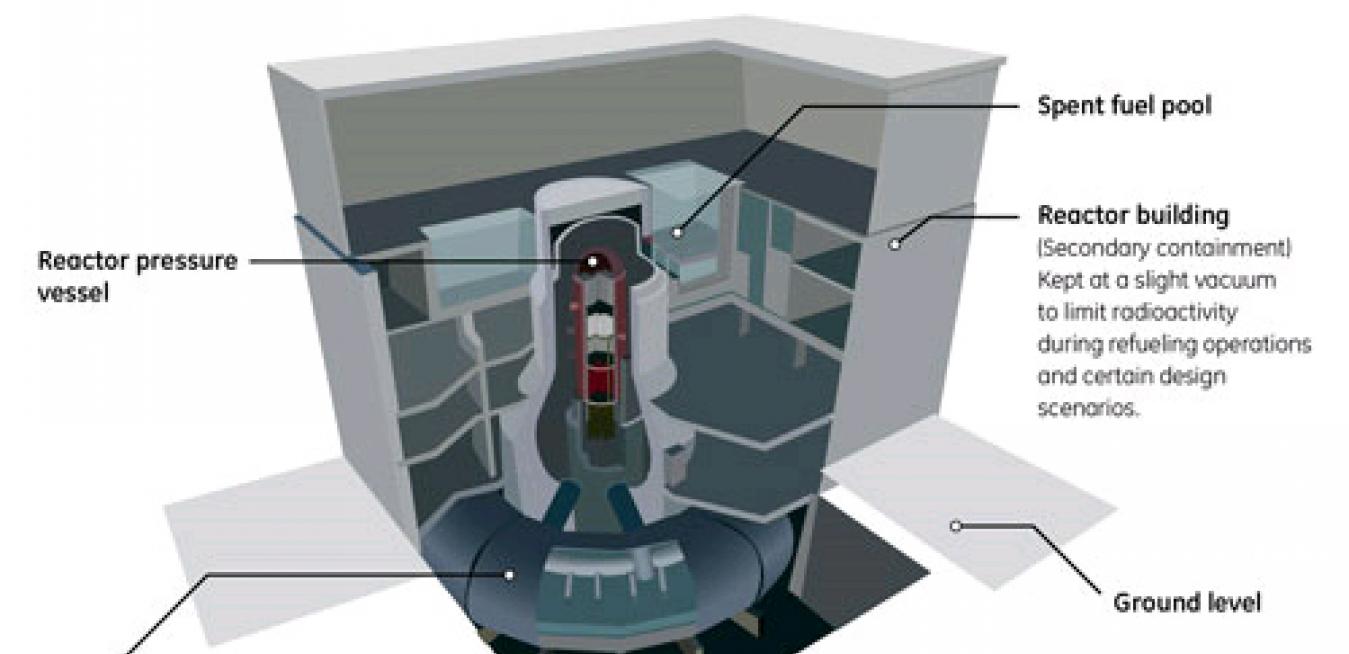The New York Times published an online story last night and an accompanying graphic about the Mark I boiling water reactor (BWR) containment system used in the Fukushima Daiichi nuclear power plant. The story contains errors and distorts the facts about the technology with misleading comparisons of the BWR design and that of the pressurized water reactor (PWR).
The story claims that the BWR design is a “simpler containment.” The language suggests that simpler means weaker, which is not the case. In fact, there are containment design requirement differences. A PWR operates at over 2,000 pounds per square inch (psi). Conversely, a BWR operates at about half that – around 1,000 psi . In the event of a leak inside the containment system of a PWR, there are higher pressures that cause faster and larger volumes of instantaneous steam to be released. Therefore the containment has to have more free space in order to absorb the larger volumes of steam that are released.
Alternatively, a BWR operates at lower pressure and doesn’t have the same acceleration during a steam loss. Because the pressure loss is not as fast, the containment is not required to have as much free space and can be smaller in size. In either case, both designs are reviewed by the same regulatory processes – the same rules and the same requirements.
The Times also compares Three Mile Island and Fukushima, saying that the PWR reactor at Three Mile Island withstood a hydrogen blast. In fact, the hydrogen blast at Three Mile Island occurred within the primary containment. The hydrogen blast at Fukushima occurred in the reactor building – which is the secondary and not the primary containment. The indirect comparison between the blast at Three Mile Island and the blast at Fukushima is misleading.
Their graphic also confuses primary and secondary containment systems. They write: “Calculating how much heat needed to be disposed of, and with the torus to do that job, GE persuaded regulators that only a modest outer containment building was necessary.”
In fact:
- The torus, which is a large, rounded suppression pool that sits next to the reactor core, is not the outer containment, it is primary containment.
- By design, the outer containment is not a pressure containing building.
- The reactor building (secondary containment) is kept at a slight vacuum to limit radioactivity release during refueling operations and during certain design scenarios.
- The design pressures (meaning the pressures that each containment system is designed to withstand) of a BWR and a PWR primary containment are similar.
The Times also mischaracterizes the torus in a later description in the second paragraph. In fact, the torus is not kept at partial vacuum. It’s kept at ambient pressure. The secondary containment is kept at slight vacuum for reasons listed above.
The Times cites GE as one of its sources. GE did speak to them but the information they present is wrong.
Without a doubt, these issues are incredibly complex but that makes it all the more important for The New York Times to treat these issues with care.





